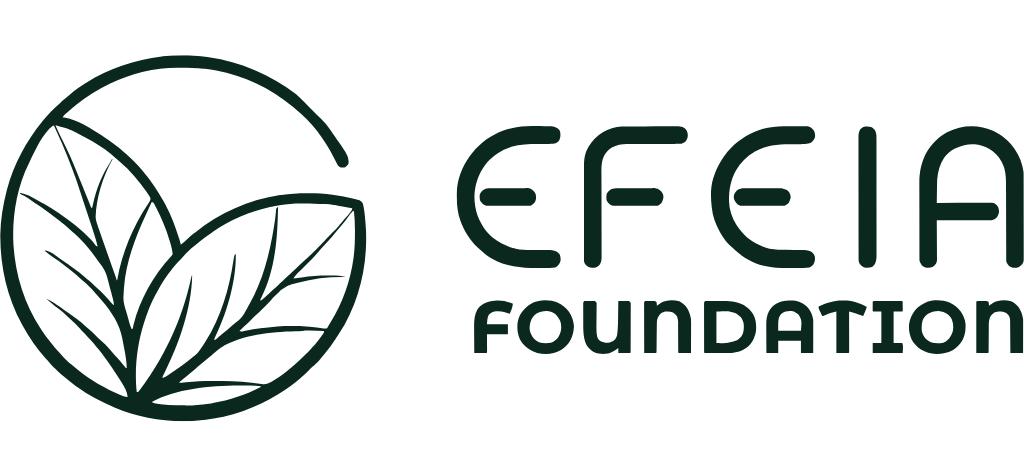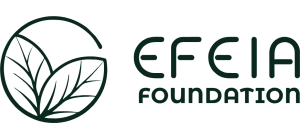EFEIA Foundation
Electropollution-Free Environments International Accreditation

We are the EFEIA Foundation
Our Mission
Our Scientific Foundation
The EFEIA Foundation aligns its research and recommendations with global scientific findings, such as those from the WHO and IARC. These evaluations serve as a benchmark for understanding the risks associated with electromagnetic pollution. The 2002 IARC Monograph 80 classified low-frequency electromagnetic fields (ELF-EMF) as “possibly carcinogenic” due to links to childhood leukemia, while the 2013 IARC Monograph 102 reinforced concerns regarding radiofrequency electromagnetic fields (RF-EMF), particularly their potential link to gliomas and other cancers.
Both reports highlight the importance of adopting the precautionary principle when it comes to prolonged EMF exposure. These classifications underscore the need for further research, risk mitigation strategies, and policies aimed at protecting public health from electromagnetic and artificial light pollution.
Our Commitment
We adhere to the ALARA principle (As Low As Reasonably Achievable) to minimize EMF pollution and artificial light exposure while fostering healthier environments. Through rigorous research, education, and policy recommendations, we are committed to creating a world where individuals can thrive in harmony with technology—without compromising their well-being.
What We Do
The EFEIA Foundation, along with the EFEIA Institute, leads the development of science-backed standards and accreditations to help individuals and organizations reduce exposure to both electropollution and artificial light emissions. Our key initiatives include:
EHS Global Census
Apiary Protection Project
Electromagnetic Risk Assessment Project
Continuous Education About Youth Exposure
Automotive Research Project
Join the Movement for a Cleaner, Healthier Future
Creating a healthier, electromagnetically balanced world requires collective action. Whether you’re an individual, a business, or a policymaker, you can help drive the change toward safer environments.
To learn more about EFEIA and how you can get involved, contact us.
